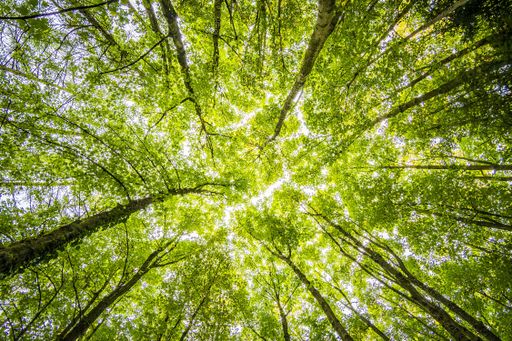Why Extreme Rain Hasn't Fully Ended Southwest US Megadrought
The extra rainfall in the Southwest U.S. has not completely ended the region's megadrought.

Record-Breaking Rain Not Enough to End Megadrought
Despite the record-breaking rain in the Southwest U.S. in recent weeks, the megadrought status in the region has not been completely eliminated, according to researchers.
While the extra precipitation from atmospheric rivers and El Niño has improved conditions, drought is still persisting in some parts of the Southwest.
Water Availability Issue
The rain has also not increased water availability for major cities like Los Angeles, Las Vegas, and Phoenix.
Before the heavy rainfall in recent years, the region was experiencing a precipitation deficit that spanned two decades. It would require many more years of above-average rainfall to return to "normal."
Distribution and Source of Water
The bigger problem in the Southwest is how water is distributed and where it comes from.
In Los Angeles, most of the rainwater flows directly to the ocean without being used for human purposes. Additionally, a significant portion of the water that serves major cities comes from snowmelt in the Colorado River Basin, which is still partially in drought.
Challenges and Outlook
To completely fill up reservoirs in the West and end the water shortage, it would take another six years of normal precipitation combined with a stoppage of using water from the Colorado River Basin.
However, this would be impossible for much of the Southwest, which heavily relies on the watershed. Long-term forecasts and a changing climate suggest a dry future for the region, so further action and coordination will be needed to ensure water supply.
Experts warn that supplying the Southwest with sufficient water in the years to come will require ongoing efforts and planning.

